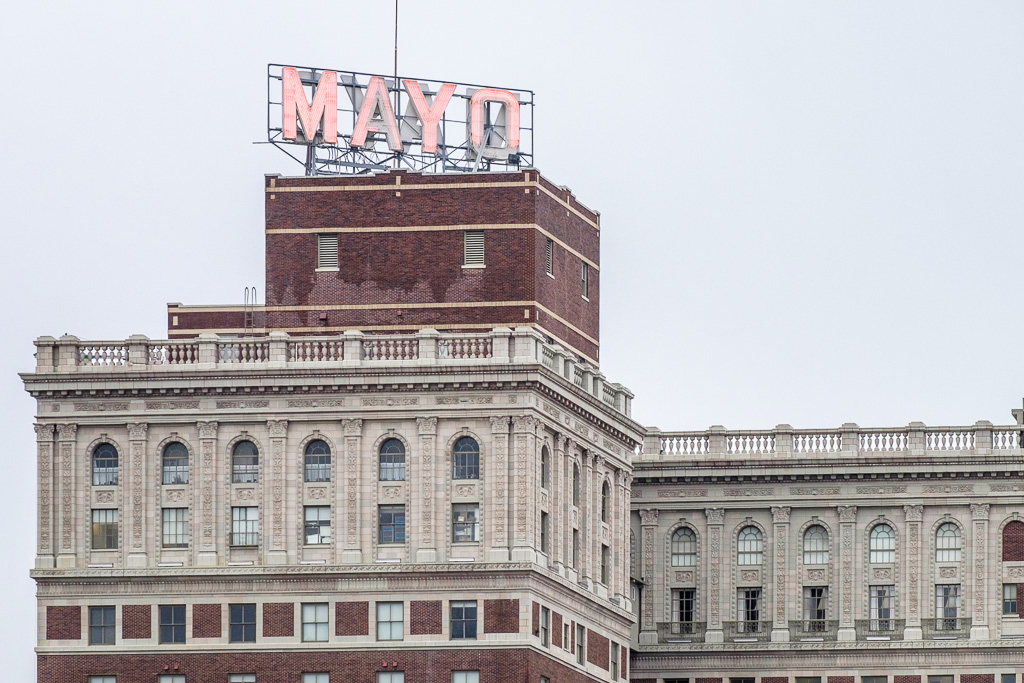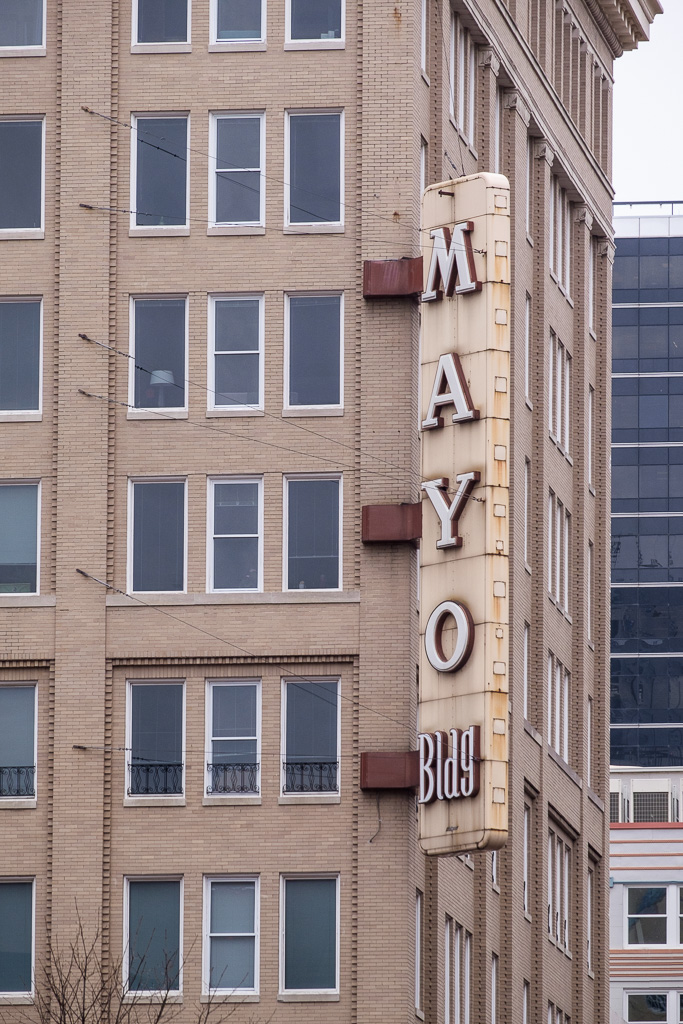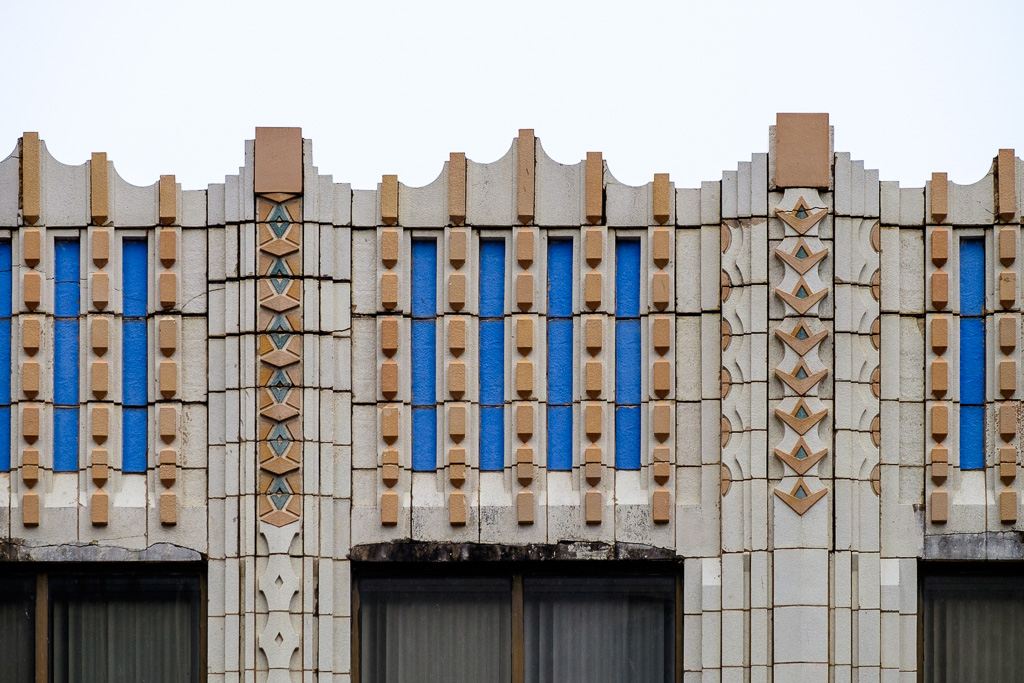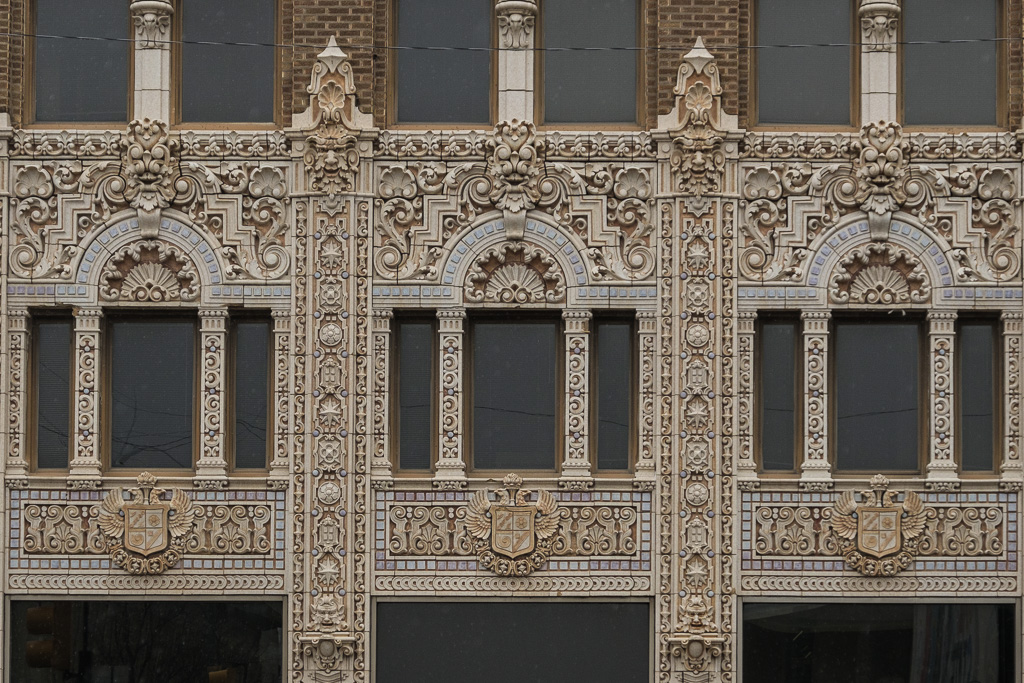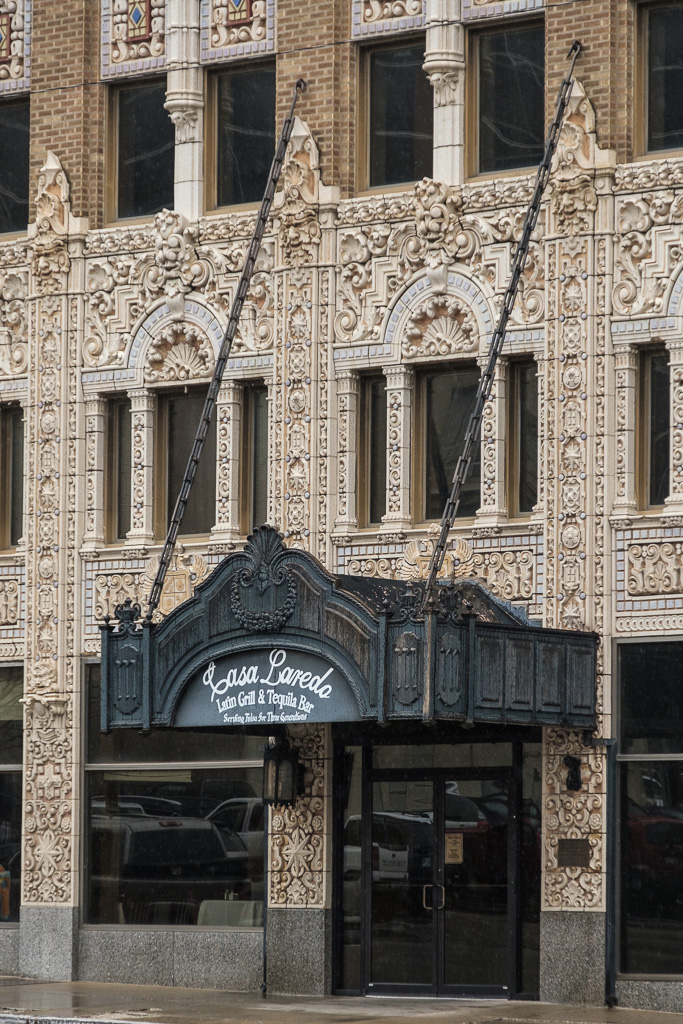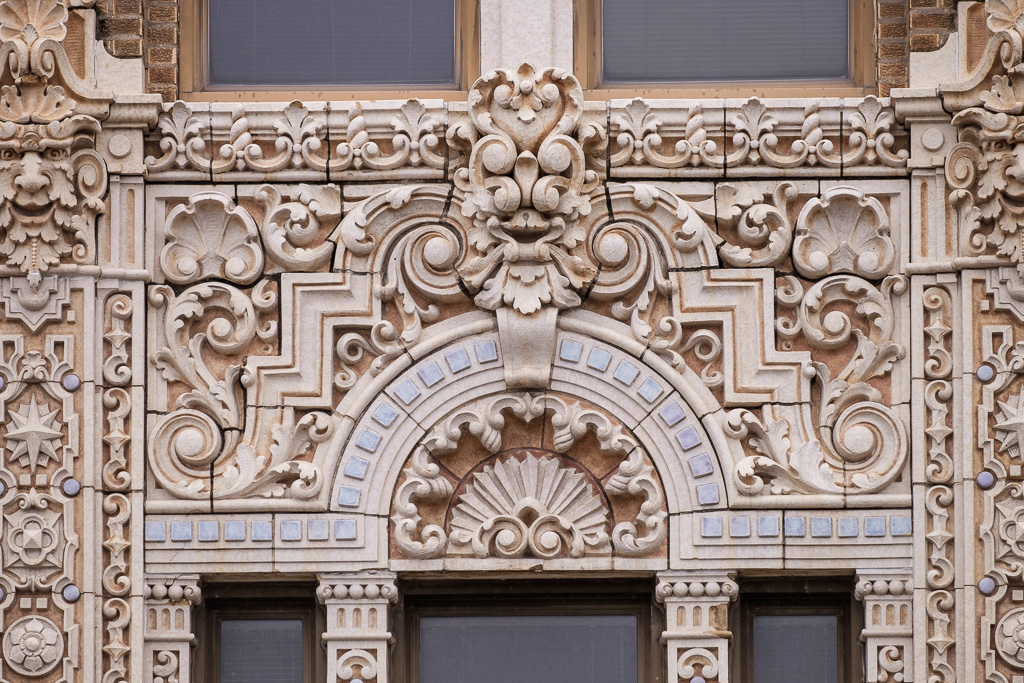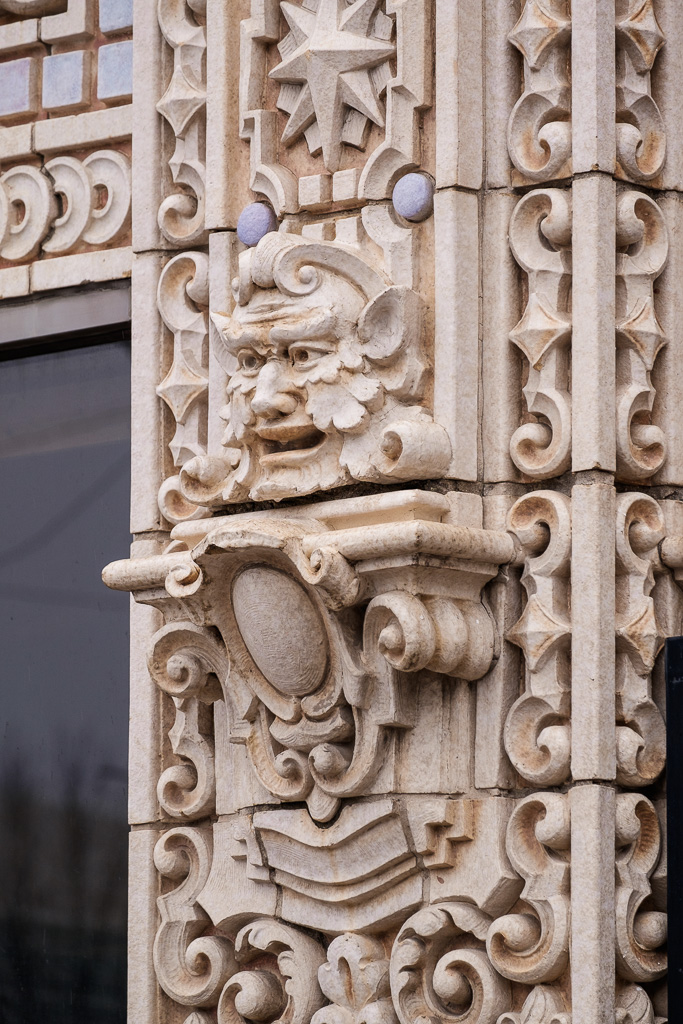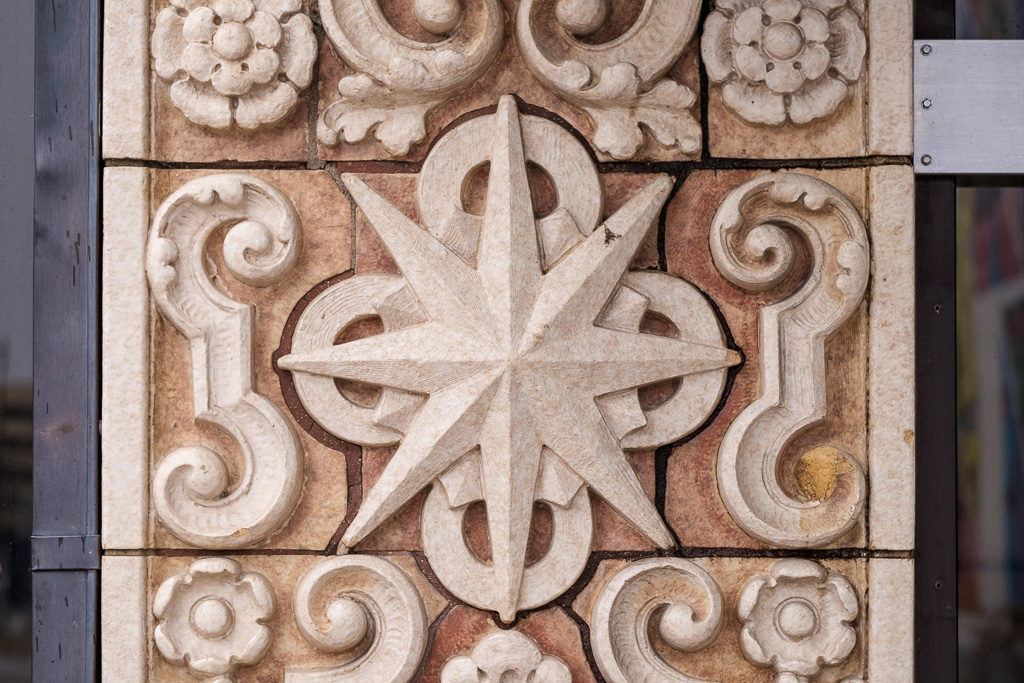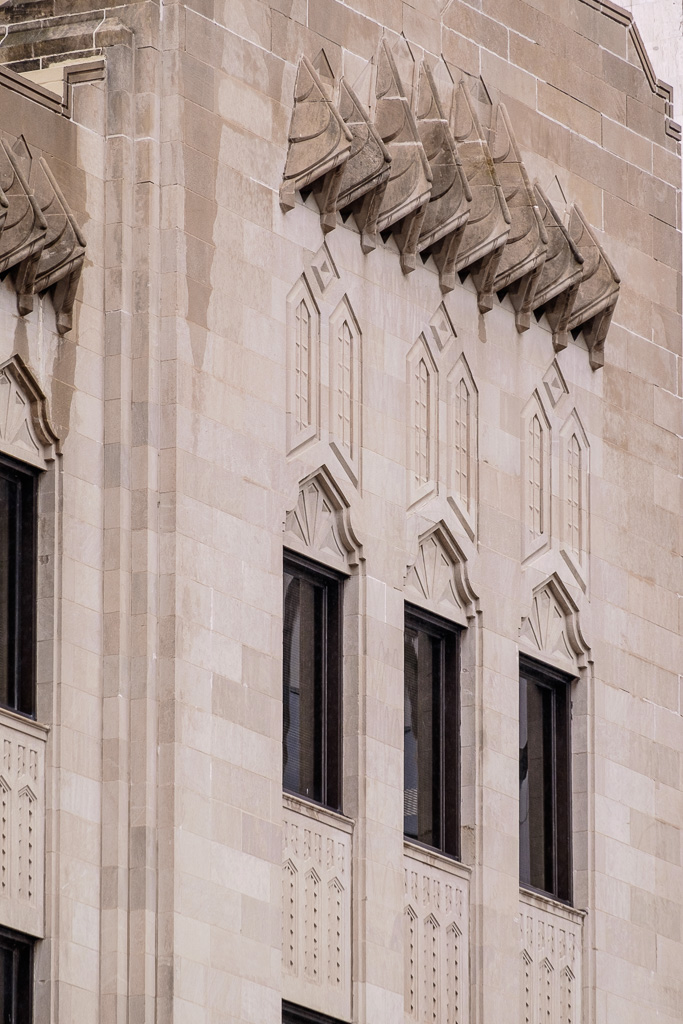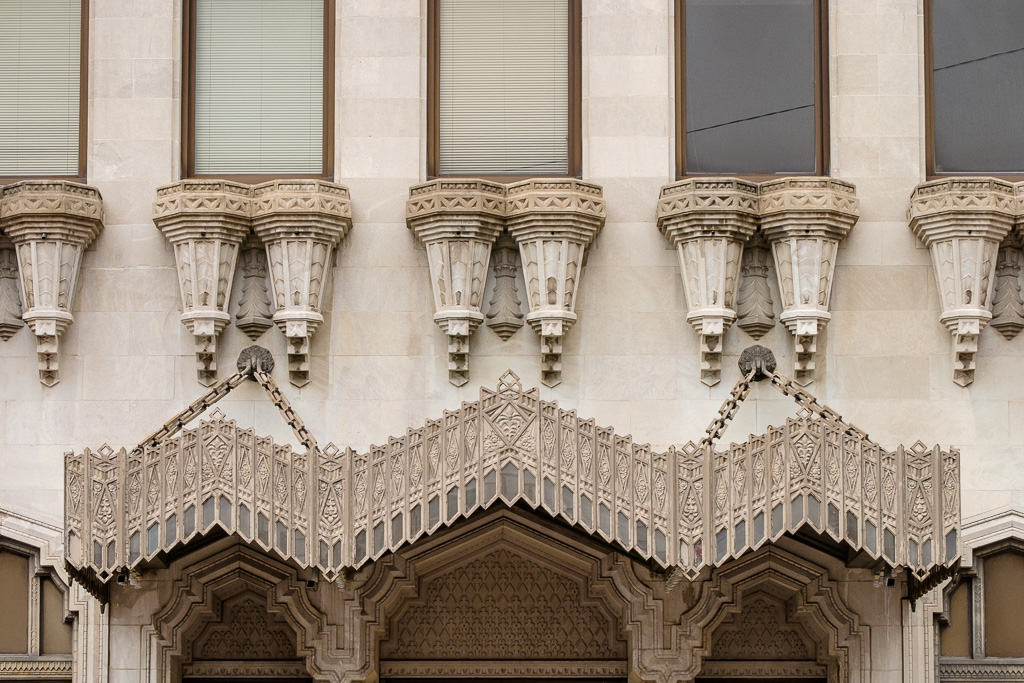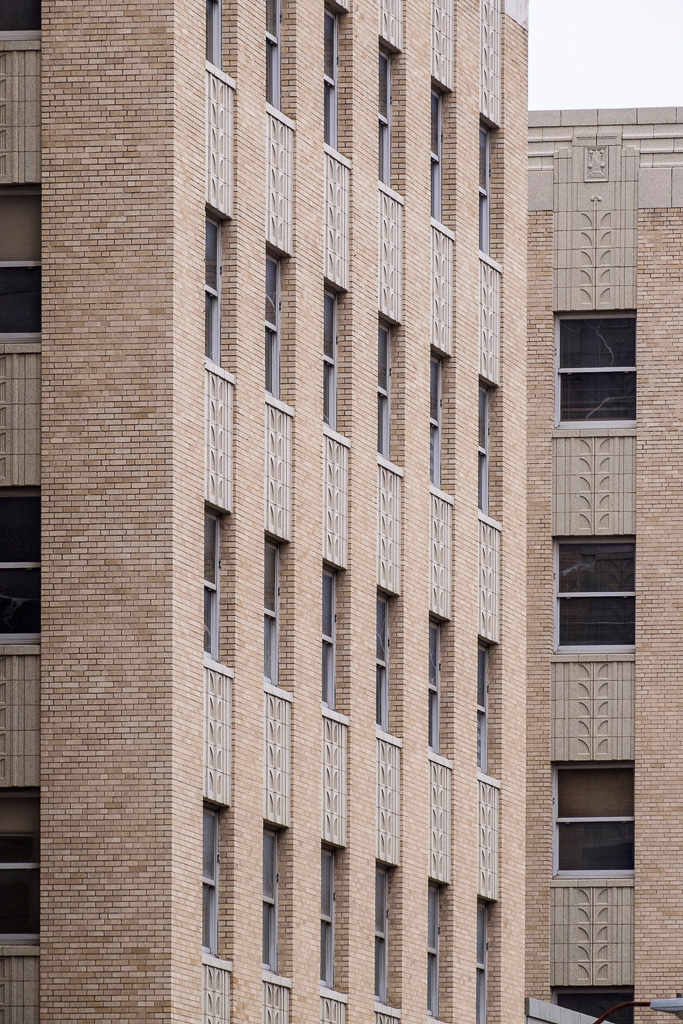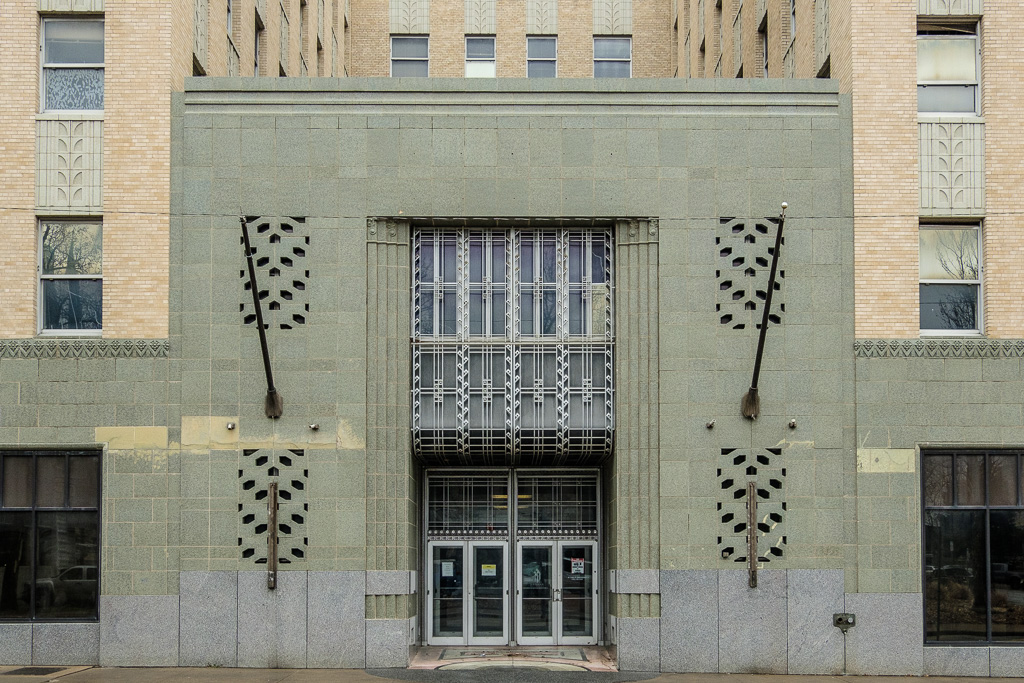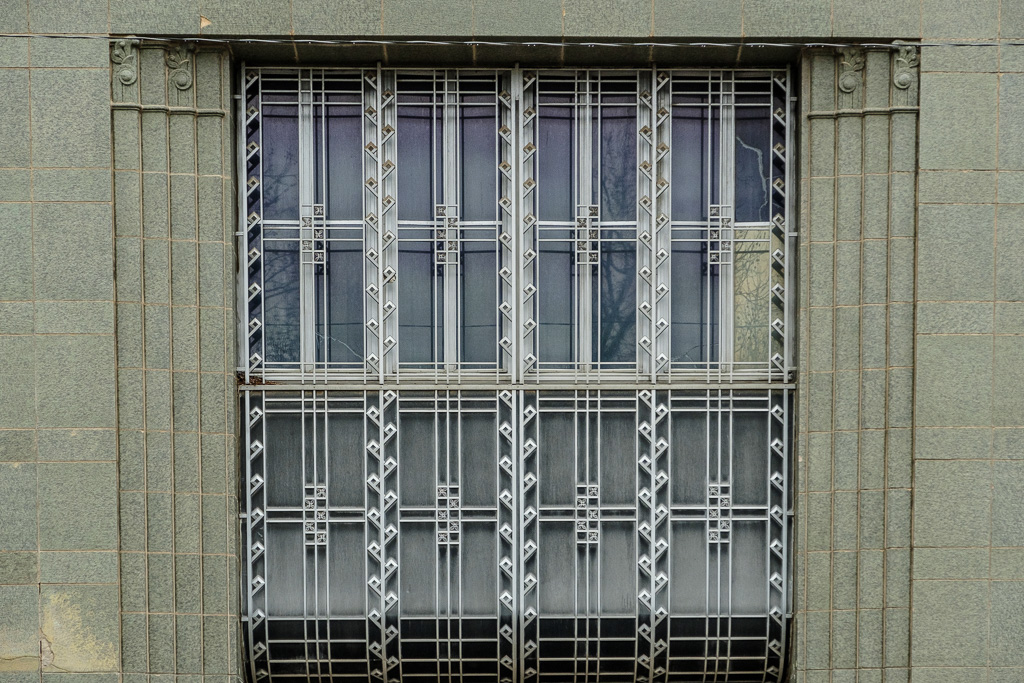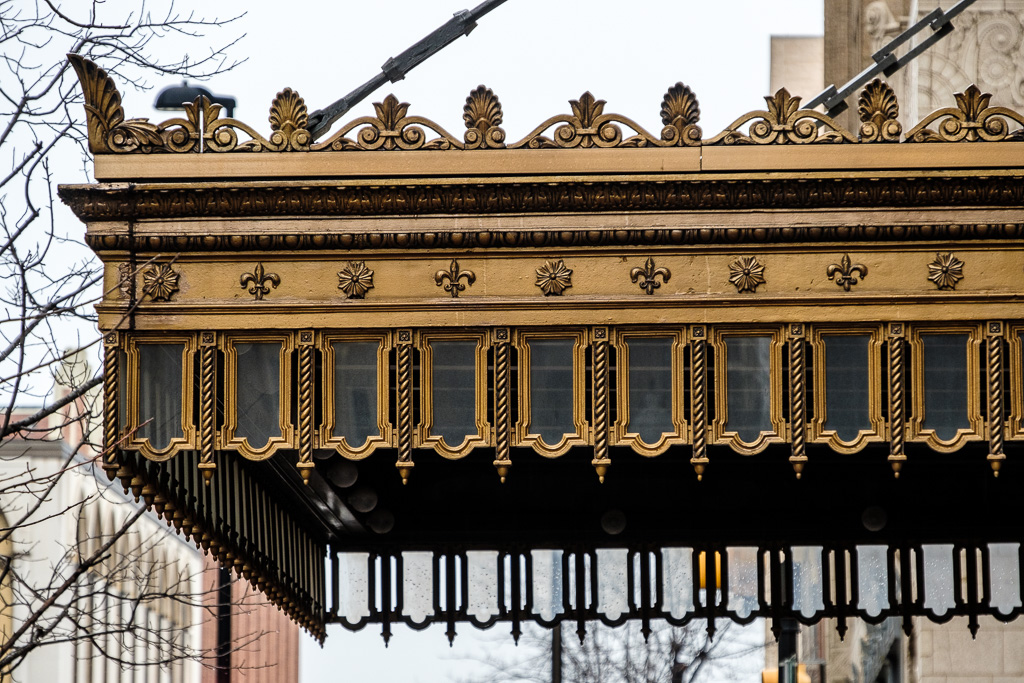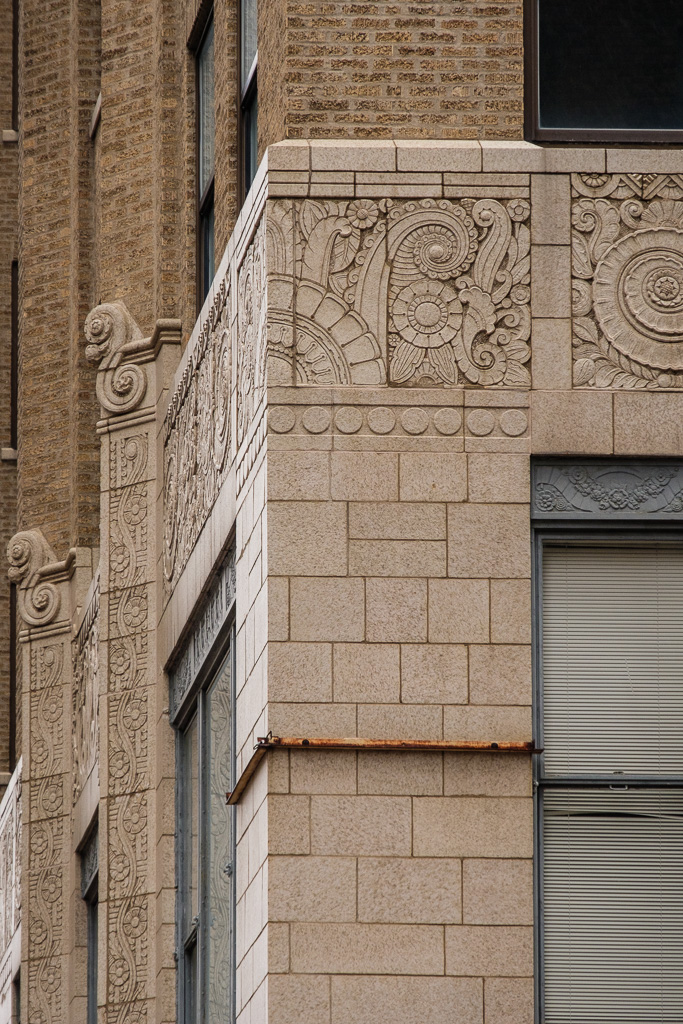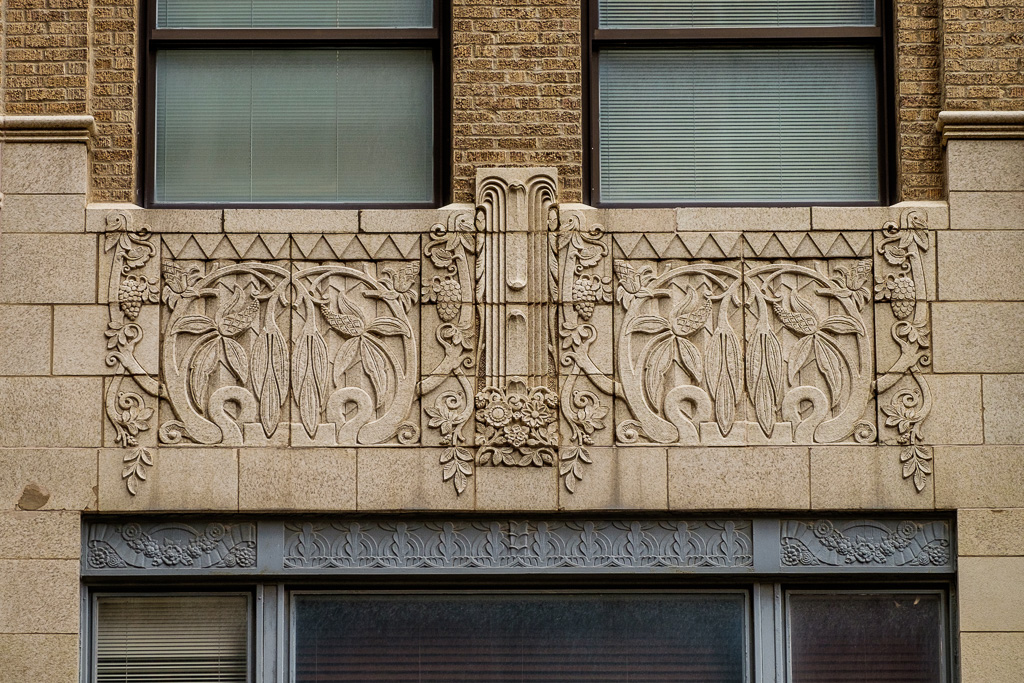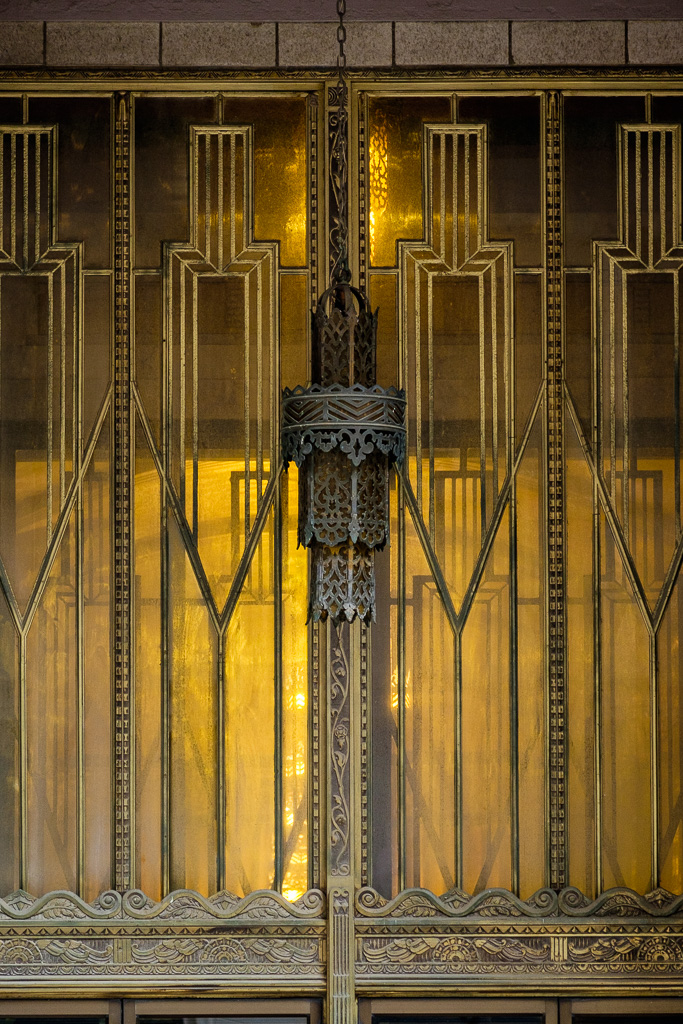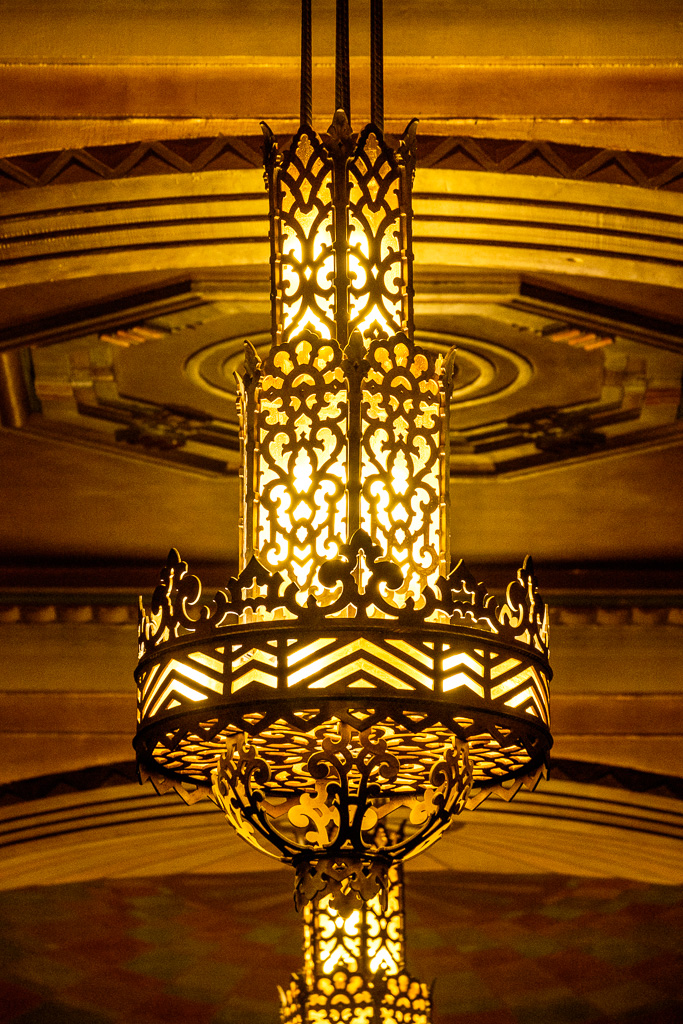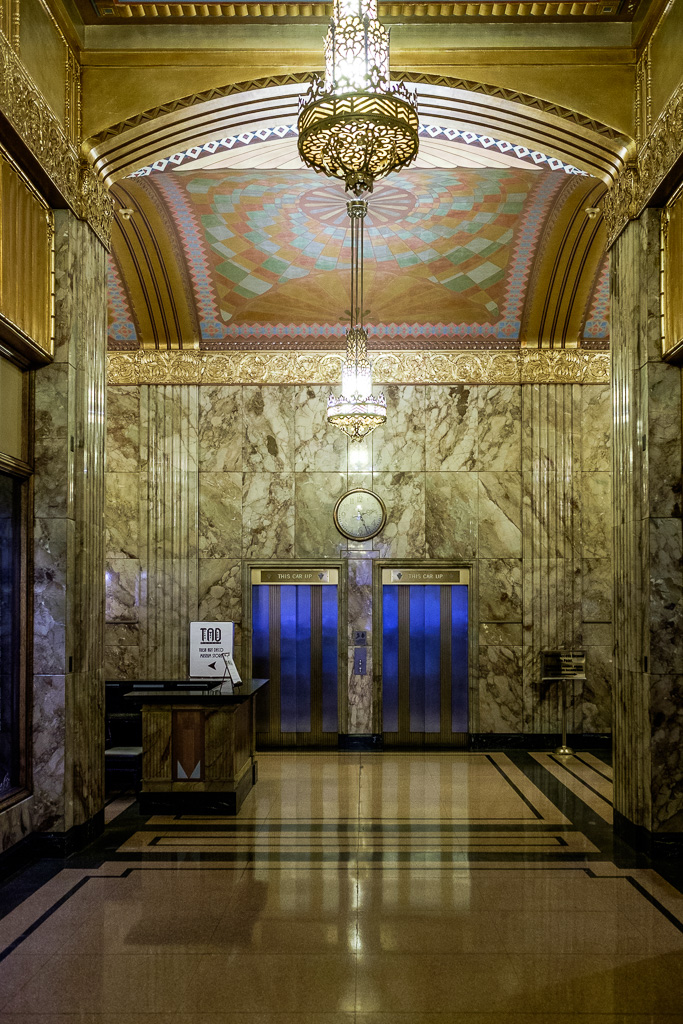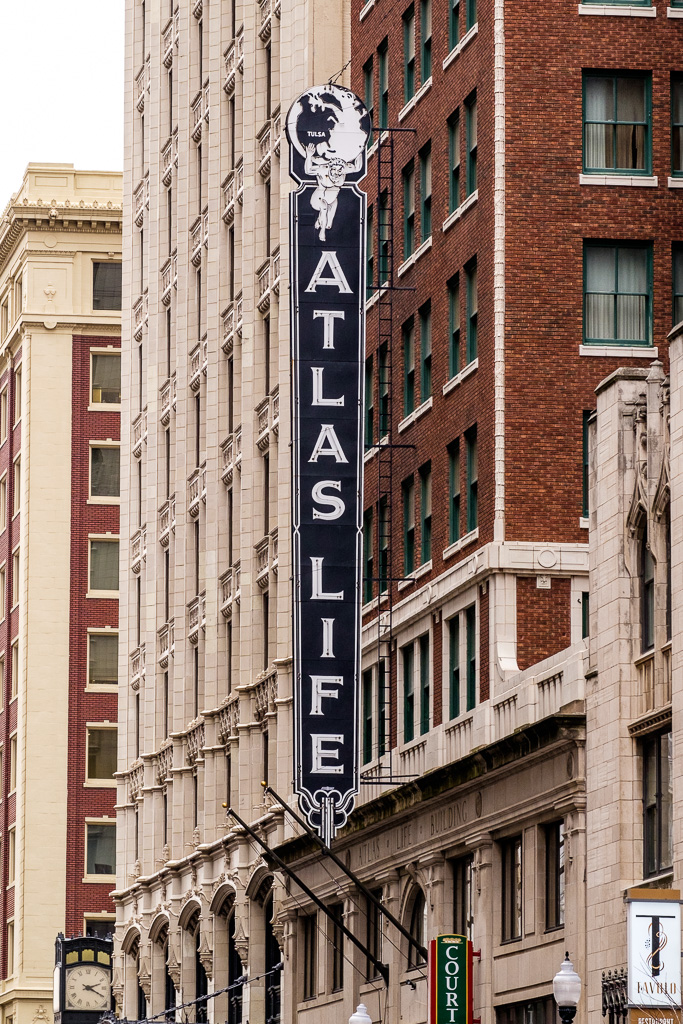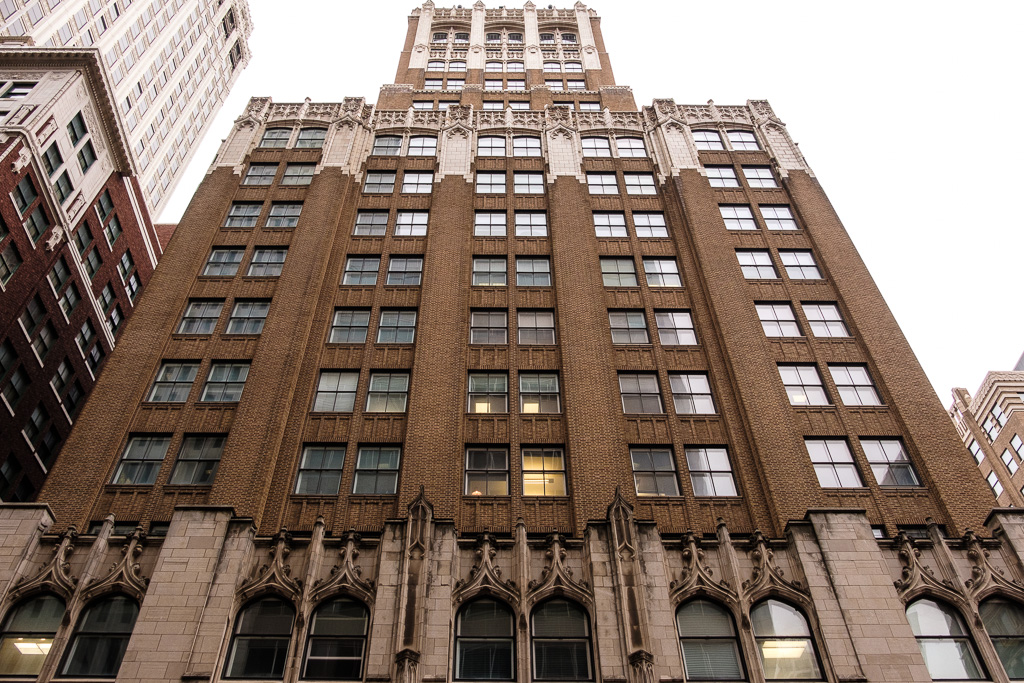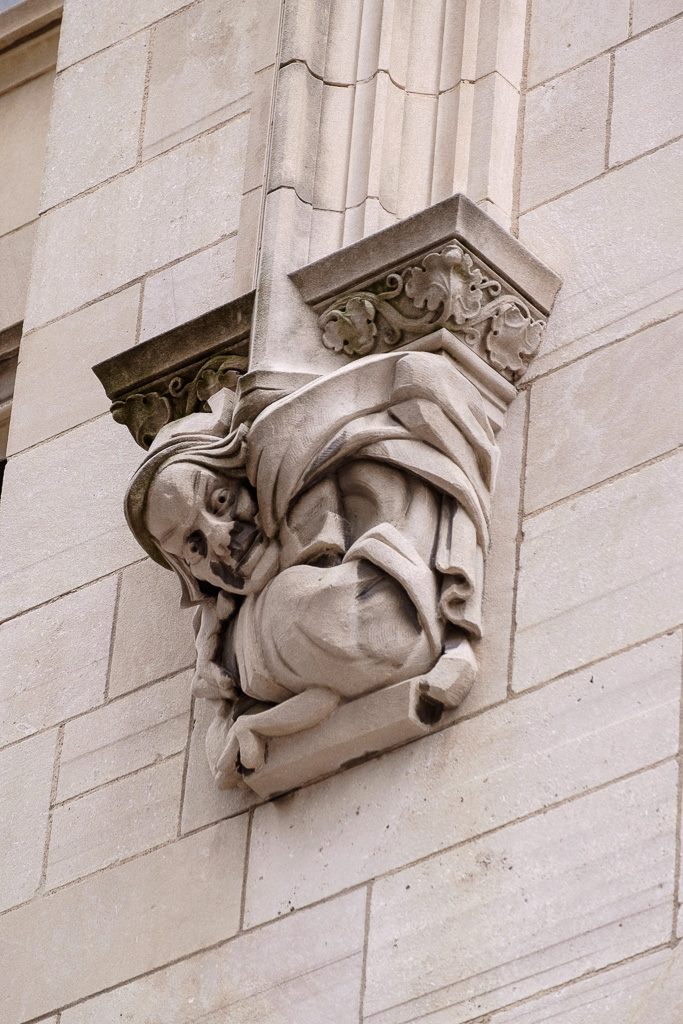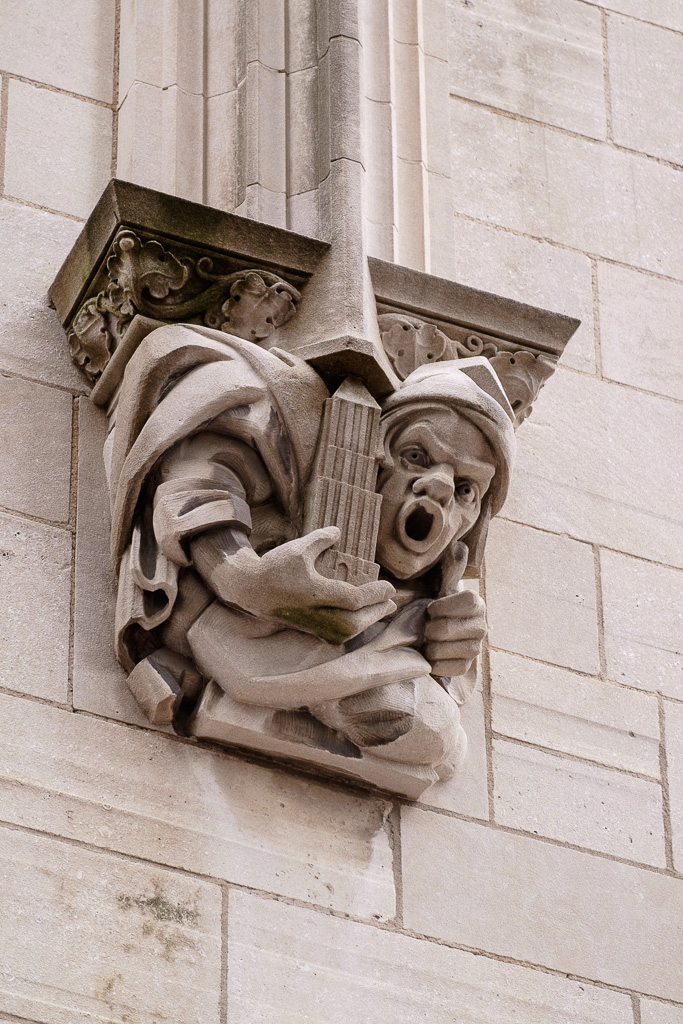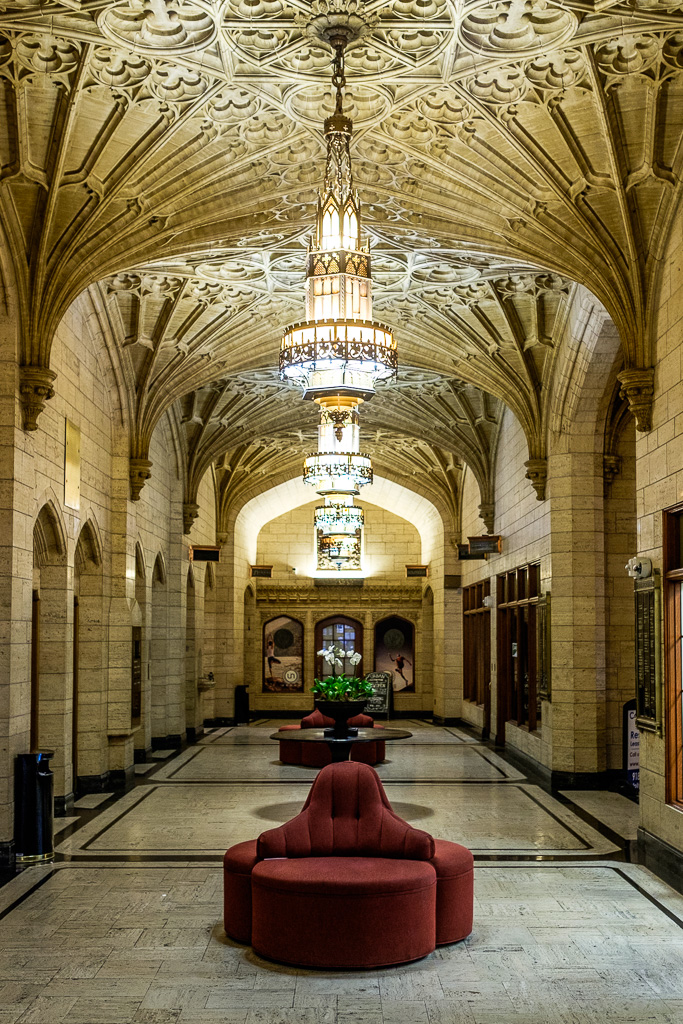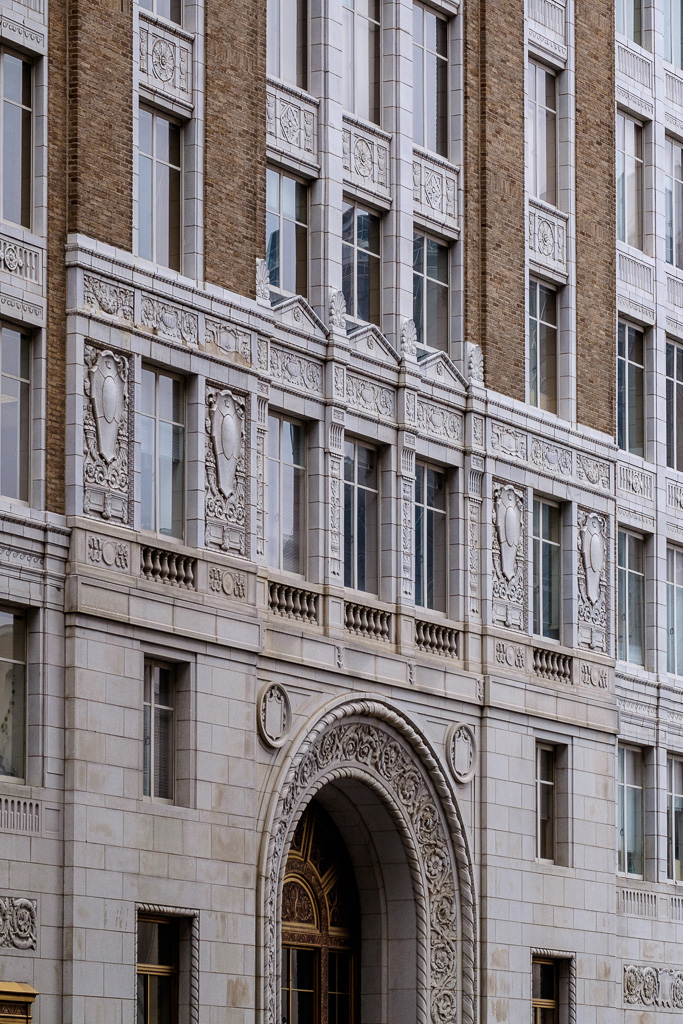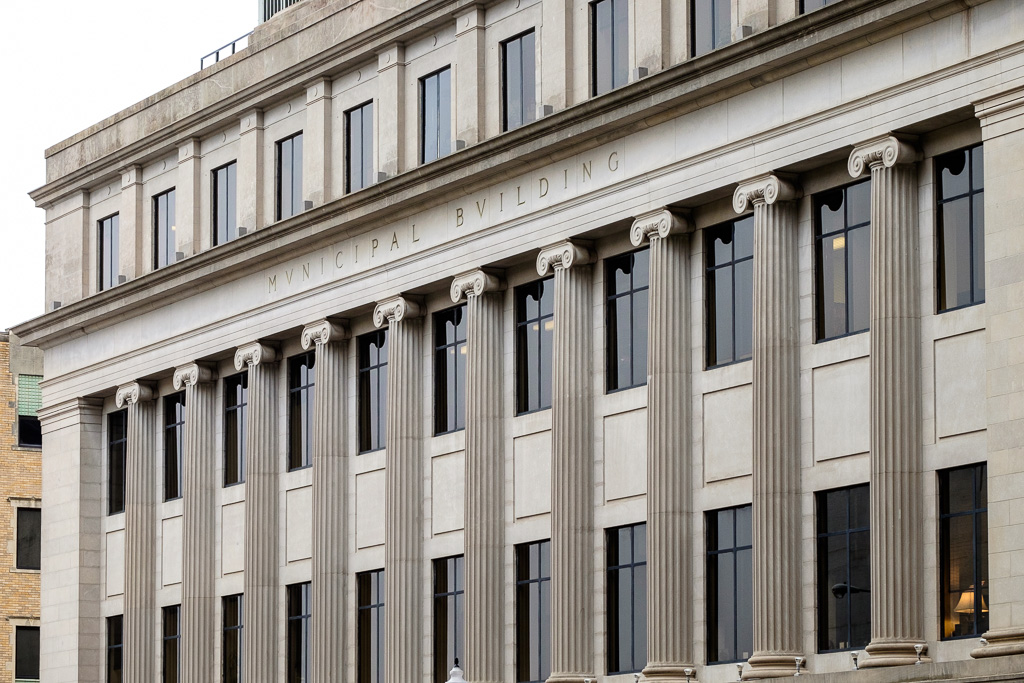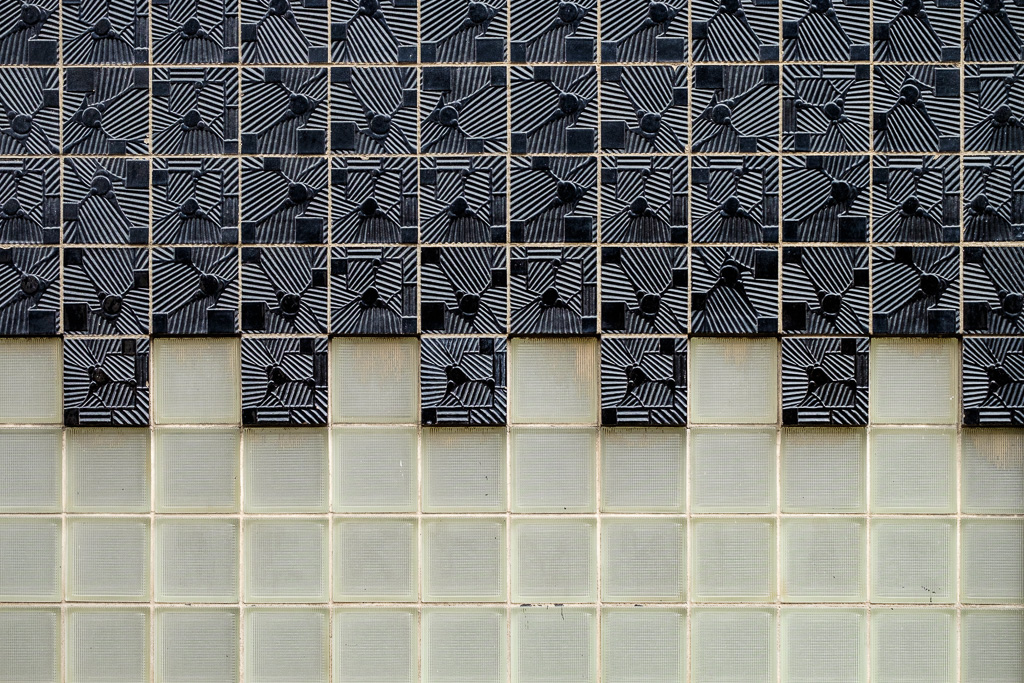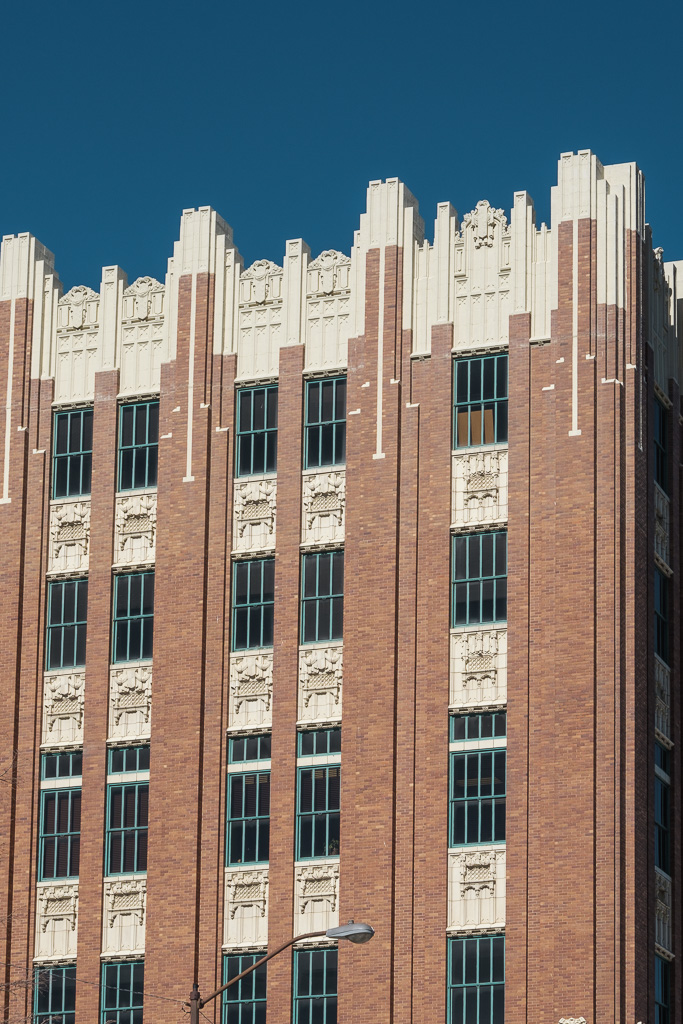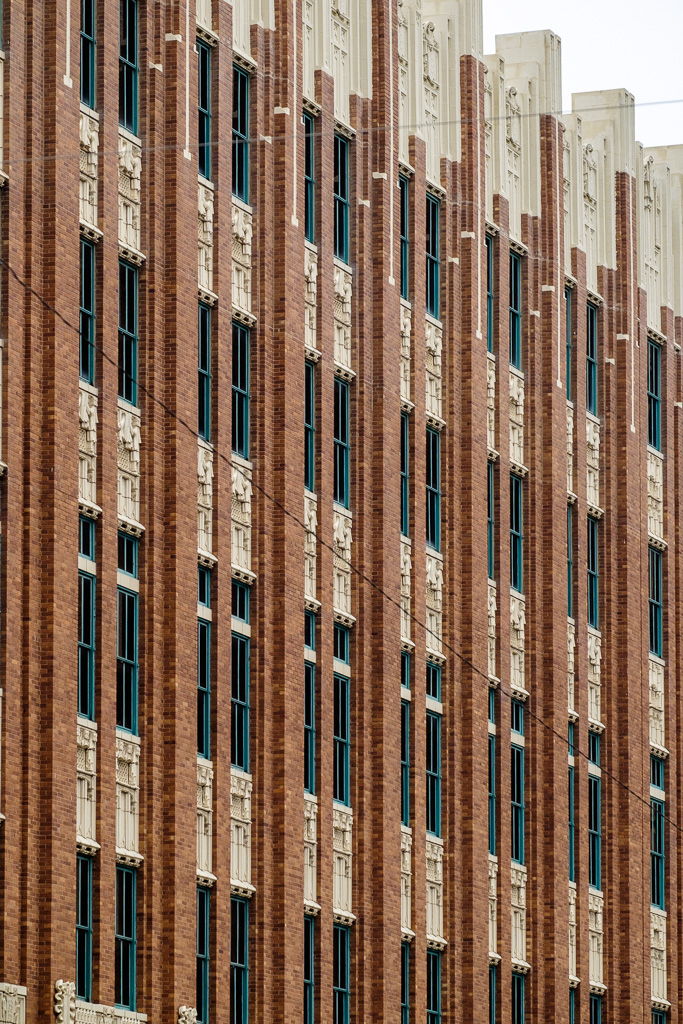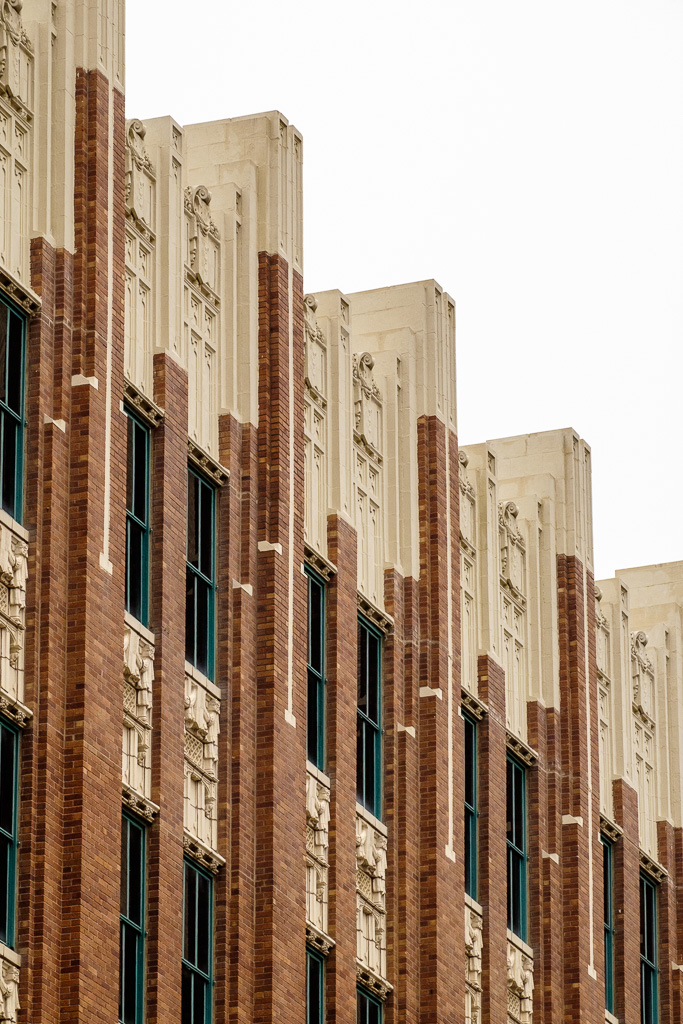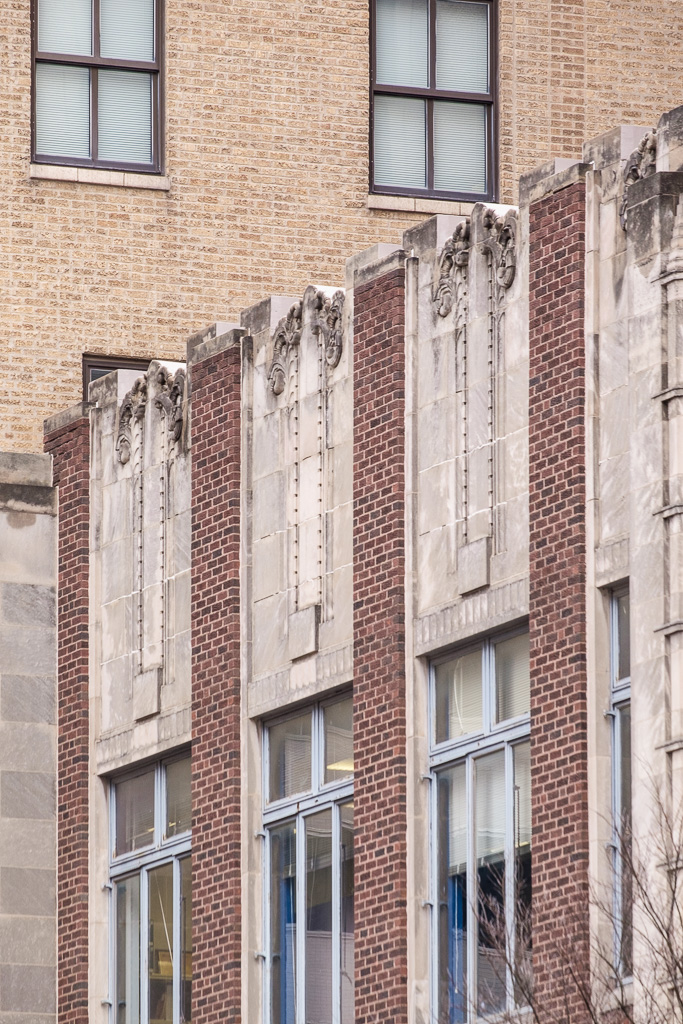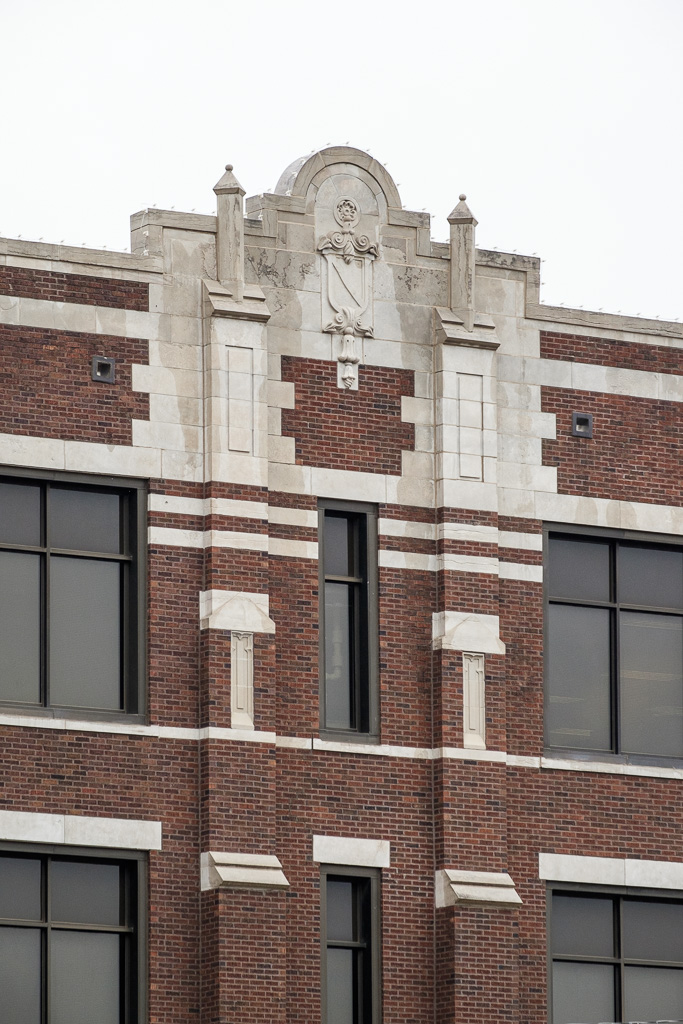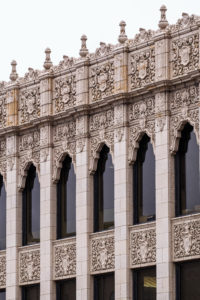 Route 66 in Oklahoma. Art deco in the historic Tulsa downtown.
Route 66 in Oklahoma. Art deco in the historic Tulsa downtown.
The old central business district of Tulsa has a remarkable concentration of surviving historic architecture. It is part of the Tulsa Oil Capital Historic District. It is also referred to as the Downtown Deco District. The two alignments of Route 66 run right by the downtown.
Miraculously, the rain stopped for most of my walkabout in the afternoon on a rainy day. Even more miraculously, after days and days of eating in the land where the potato is a vegetable and consuming copious amounts of BBQ ribs, chicken fried steaks, meat loaf, etc. (no complaints) I saw a ramen place. Yes! Very good, too, and right across the street from a deco beauty of a building.
The bulk of Tulsa’s art deco architectural treasures can be found in the compact historic downtown.
The Tulsa Preservation Commission‘s website tells the backstory much better than I could:
“Tulsa and Art Deco came of age together. The young city was experiencing unprecedented growth and prosperity in the Roaring Twenties, just as the Art Deco movement came into vogue. Flush with oil money, prominent Tulsans started building the skyscrapers that would spur one of the preeminent Art Deco collections in the United States.”
This set includes (roughly in order of their appearance):
The former Mayo Hotel (1924) which was once the tallest building in Oklahoma (J. Paul Getty lived there for a number of years); and the nearby Mayo Building (1910, with expansions 1914 and 1917), the oldest of Tulsa’s surviving oil business buildings in the downtown.
The Pythian Building (1930)
The Mincks – Adams Hotel (1928) – the building in this set with the elaborate and ornate rococo terra cotta façade.
Public Service Company of Oklahoma (TransOk) Building (1929)
A very late example from the deco period, the Service Pipeline Building (a/k/a ARCO Building), 1949.
The entrance canopy of the “Queen of the Tulsa Skyline”, the Philtower (1927),built for oilman Waite Phillips; he and his brothers founded the company which became Phillips Petroleum Company.
The Philcade Building (1929), another Waite Phillips building. The first interior shots were taken in the Philcade. The Tulsa Art Deco Museum is building lobby.
The Atlas Life Building (1922). The other interior photo was taken in that building’s historic lobby.
The National Bank of Tulsa (320 South Boston) Building (1918).
The neoclassic Tulsa Municipal Building (1919)
The Tulsa Club Building (1929)
Many of these buildings are described in more detail on the Tulsa Preservation Commission site here. I used this PDF as a guide during my walkabout, and all of these buildings are mentioned.

